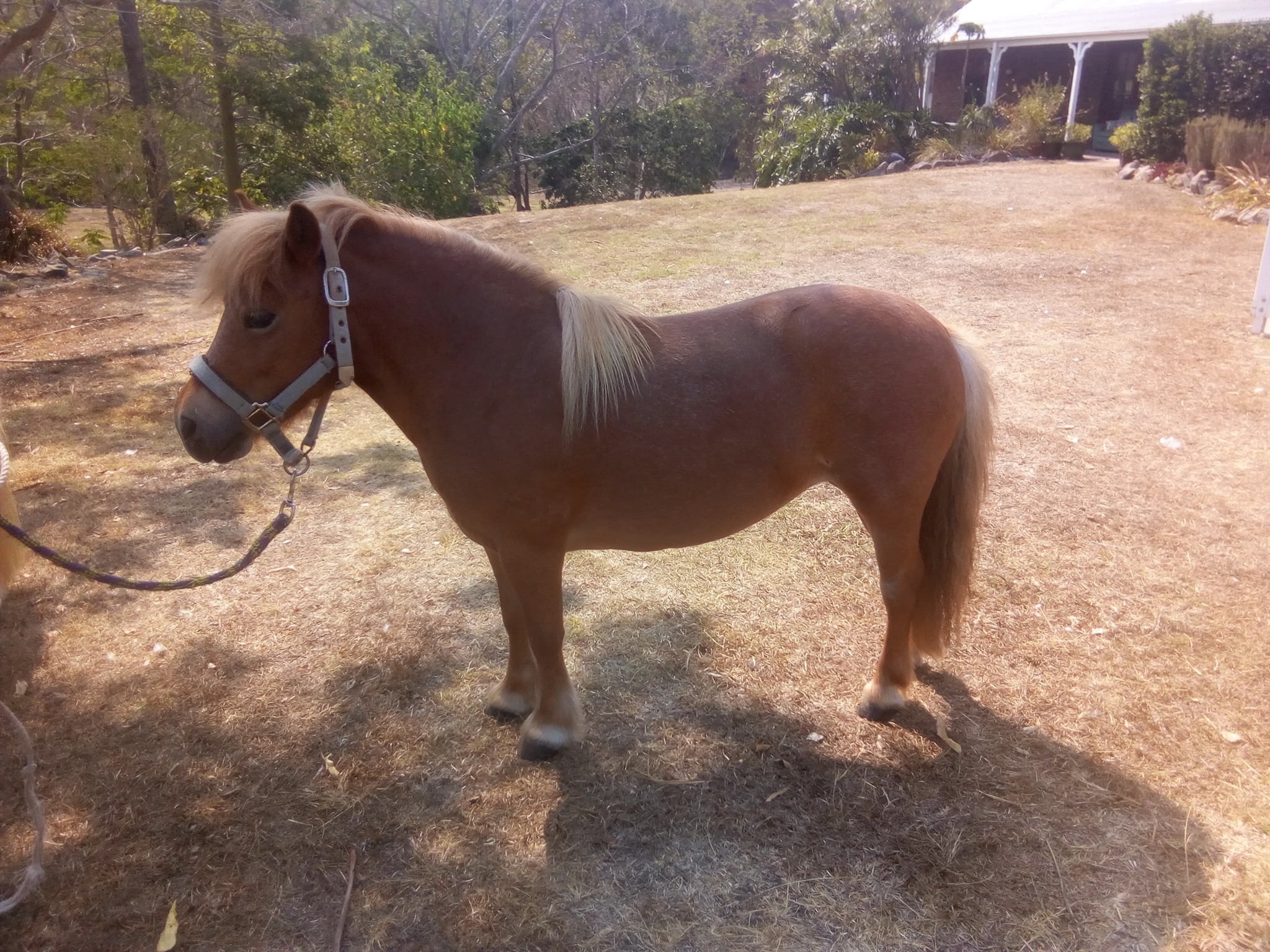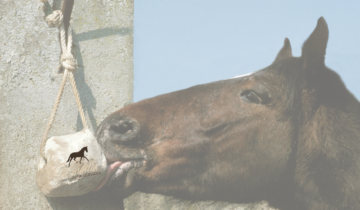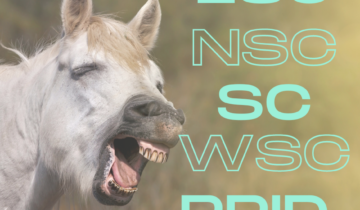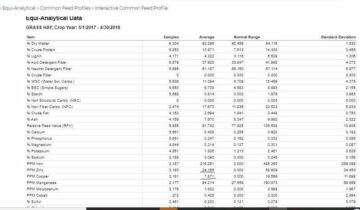Feeding your horse shouldn’t just be about what’s trending or what’s on special. Balanced nutrition can actually save you money by reducing the need for unnecessary supplements. If you don’t want to see your hard-earned cash turn into nothing more than a pile of poo—read on!
At Wandilla Farm, we have a variety of horses and ponies, each with different nutritional needs. And guess what? I don’t feed my ponies the same way I feed my horses!
Why Hay Analysis Matters for Your Horse’s Health
One of the first steps to balancing a diet is understanding what your forage provides. I primarily feed Rhodes grass hay to all my horses. The hay I choose for my ponies has tested well for non-structural carbohydrates (NSC), which is critical for managing my ponies with PPID (Cushing’s disease).
When reviewing a hay analysis, I focus on:
- ESC (Simple Sugars) & Starch – A combined total below 10% is ideal, following recommendations from Dr Eleanor Kellon, a leading equine nutritionist and veterinarian.
- Digestible Energy (DE) & Mcal Requirements – These help me determine how much energy my ponies need to maintain a healthy weight.
- Crude Protein & Essential Amino Acids – Including estimated lysine levels.
- Primary Minerals – Sodium (Na), Potassium (K), Chloride (Cl), Magnesium (Mg), Calcium (Ca).
- Trace Minerals – Iron (Fe), Copper (Cu), Zinc (Zn), Manganese (Mn).
Once I know what’s missing, I turn to Wandilla Mineral Mix to fill in the gaps.
Understanding Your Pony’s Nutritional Needs
Horses and ponies evolved as foraging herbivores, meaning they naturally roamed and consumed a variety of grasses, herbs, leaves, bark, and flowers. However, domestication has changed this. Today, most horses are fed the same hay or pasture daily, sometimes with added hard feeds.
Their lifestyle has also shifted—many horses now lead sedentary lives, which can lead to obesity and metabolic issues. My two Shetland ponies are prime examples of how quickly weight can creep on without regular movement. Signs of excess weight include:
✅ Cresty neck
✅ Puffy eye sockets
✅ Fat deposits on the hindquarters
Without careful management, excess weight can lead to laminitis and founder. However, simply reducing hay or concentrates can cause digestive upset, making weight management a delicate balance.
How to Prevent Laminitis Through Diet
To help prevent laminitis and keep your horse in peak health, I recommend;
Testing your hay – Know what’s in your forage before adding unnecessary supplements.
Assess your horse’s lifestyle – Does their energy intake match their workload?
Read feed labels carefully – Understand what you’re feeding and why – does it match your horses’s lifestel?
Feed for their needs – Are you feeding for growth, maintenance, performance, lactation, or recovery?
Invest in Your Horse’s Health
Mastering equine nutrition isn’t just about saving money—it’s an investment in your horse’s health, performance, and longevity.
Want help balancing your horse’s diet? I am now pleased to offer Equine Nutrition Consultations to calculate what’s missing and create a plan tailored to your horse’s needs. Learn more here: https://www.wandillaequineservices.com.au/product/equine-nutrition-consult/




 No products in the cart.
No products in the cart.